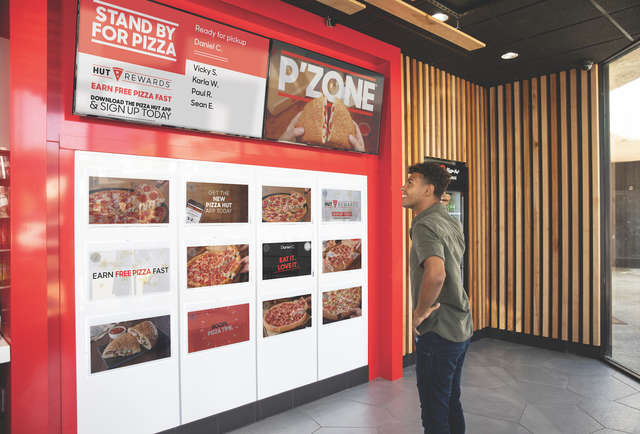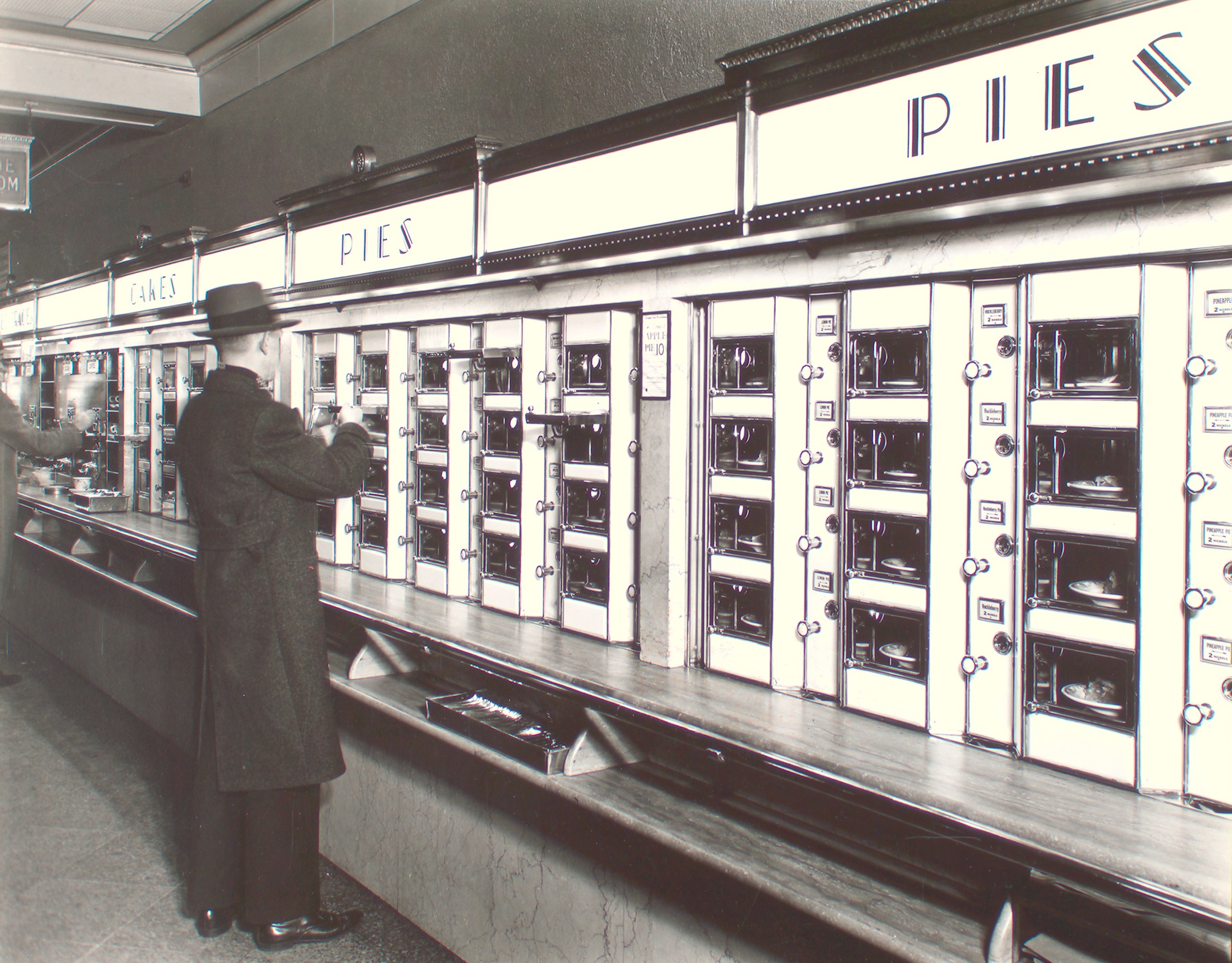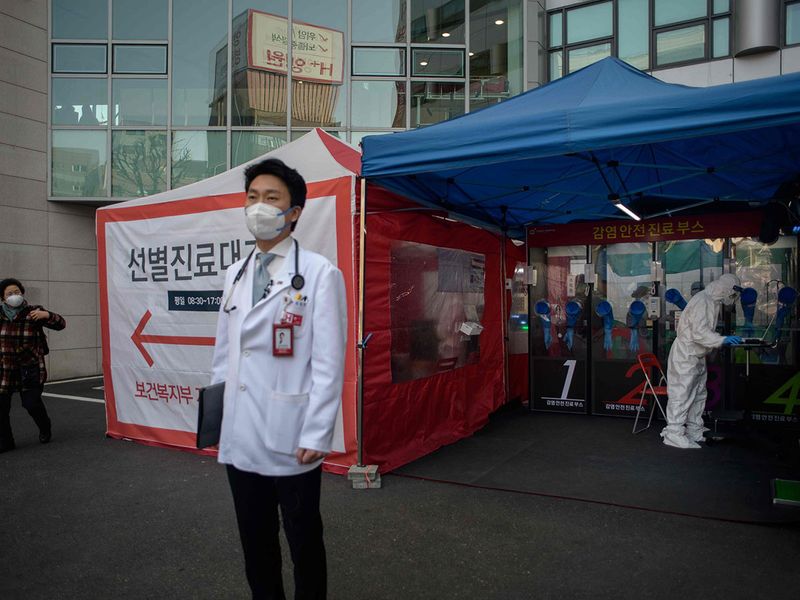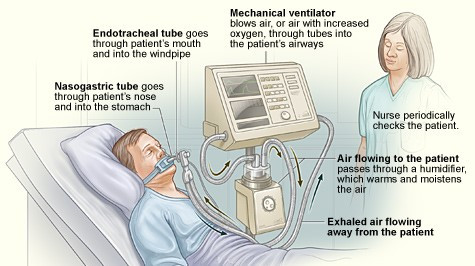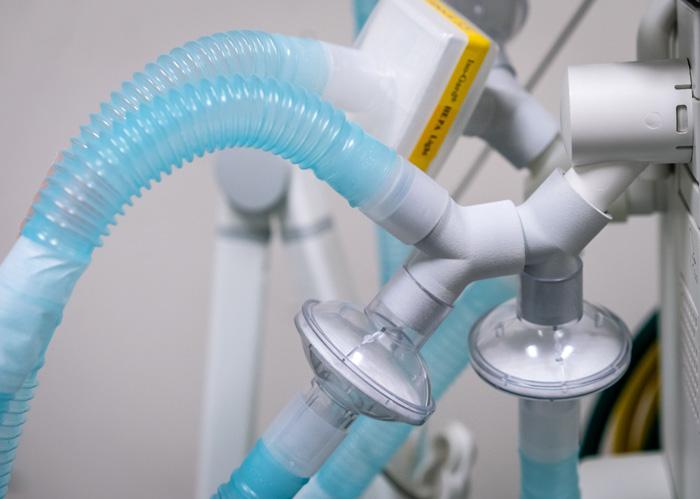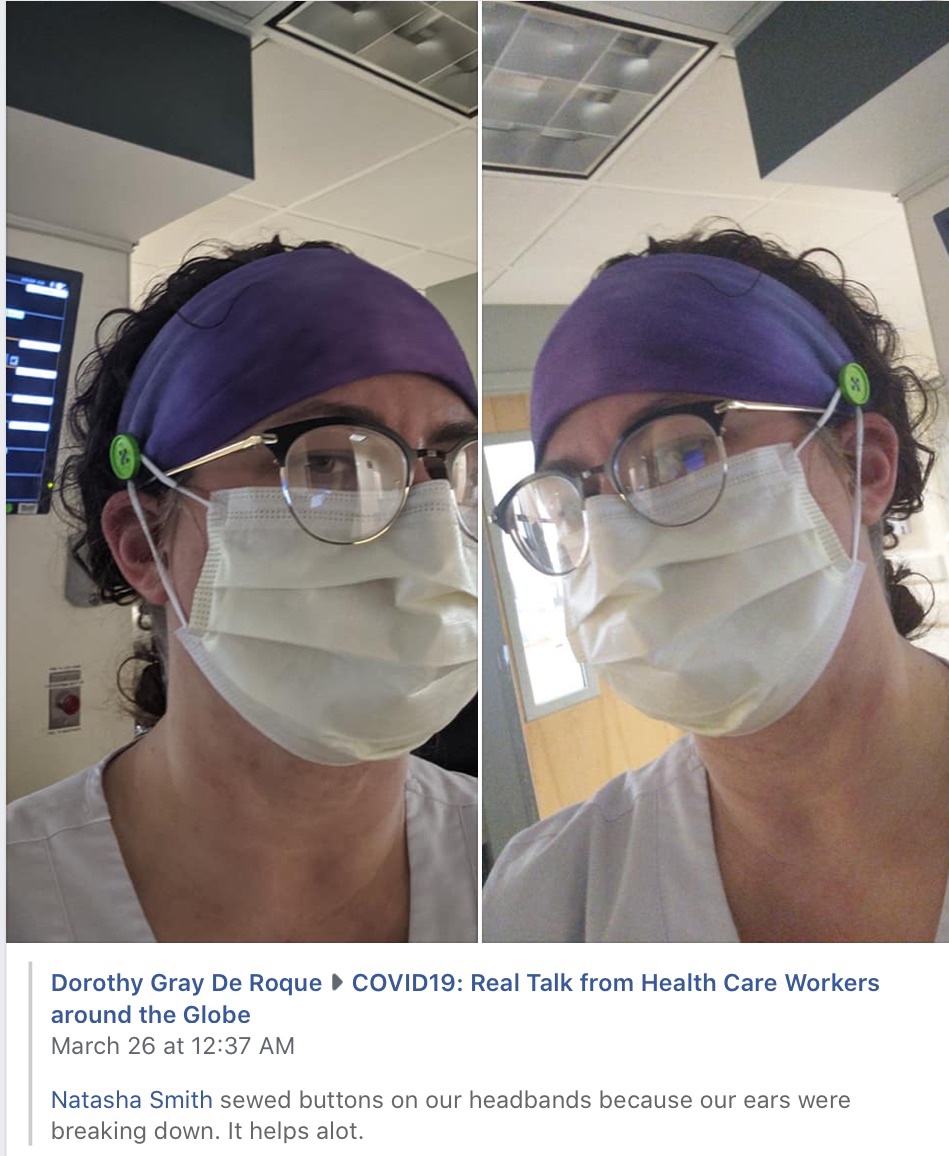
GUEST POST from Chateau G Pato
In today’s rapidly evolving world, emerging technologies have played a crucial role in transforming various industries, with healthcare being no exception. Over the next decade, we can expect incredible advancements that will revolutionize healthcare to provide more accurate diagnoses, personalized treatments, and improved patient outcomes. Let’s explore two case study examples that showcase the potential of these emerging technologies.
Case Study 1: Artificial Intelligence (AI) in Radiology
Radiology has always been an essential branch of medicine when it comes to diagnosing diseases and conditions. With the advent of artificial intelligence (AI) technology, radiologists can now leverage machine learning algorithms to analyze medical images more efficiently and accurately.
For instance, Stanford University researchers developed an AI algorithm that outperformed radiologists in detecting pneumonia from chest X-rays. This algorithm demonstrated an accuracy of 92% compared to human radiologists’ 82% accuracy. By quickly and accurately detecting pneumonia, doctors can initiate timely treatment plans, potentially saving lives.
Moreover, AI-powered tools can reduce the burden on radiologists by automating tedious tasks, such as the identification of abnormalities in medical images. This allows radiologists to focus more on complex cases, leading to improved diagnostic accuracy and faster turnaround times.
Case Study 2: Blockchain for Enhanced Healthcare Data Security
Data security and privacy have been significant concerns in the healthcare industry. Blockchain technology offers a promising solution to these challenges by providing a decentralized and immutable platform for storing and sharing sensitive medical information securely.
Consider the case of MedRec, a prototype blockchain-based electronic medical record (EMR) system developed by researchers at MIT. MedRec addresses the issues of interoperability and data accessibility while maintaining patient privacy. Through blockchain, patients have control over their medical records and can securely grant access to healthcare providers, ensuring seamless and secured information exchange.
By leveraging blockchain, healthcare institutions can streamline the sharing of medical data across clinics, hospitals, and even international borders while maintaining data integrity, protecting against tampering and unauthorized access. This technology can improve care coordination, reduce medical errors, and enable more effective population health management in the coming decade.
These case studies are just a glimpse of the potential impact of emerging technologies on healthcare. With advancements like AI in radiology and blockchain for data security, the next decade holds exciting possibilities for revolutionizing healthcare delivery, improving patient outcomes, and reducing healthcare costs.
However, it is essential to address potential challenges like ethics, patient acceptance, and regulatory frameworks as these technologies become more prevalent. Ensuring appropriate implementation and collaboration among healthcare professionals, technologists, and policymakers will be crucial to navigating these challenges and maximizing the benefits of these emerging technologies.
Conclusion
As we move into the next decade, emerging technologies such as AI in radiology and blockchain for data security have the potential to reshape the healthcare landscape. By embracing and effectively harnessing these innovative solutions, healthcare providers can transform patient care, enhance diagnostics, and create a more efficient and secure healthcare system for all.
Bottom line: Futurology is not fortune telling. Futurists use a scientific approach to create their deliverables, but a methodology and tools like those in FutureHacking™ can empower anyone to engage in futurology themselves.
Image credit: Pexels
![]() Sign up here to get Human-Centered Change & Innovation Weekly delivered to your inbox every week.
Sign up here to get Human-Centered Change & Innovation Weekly delivered to your inbox every week.

